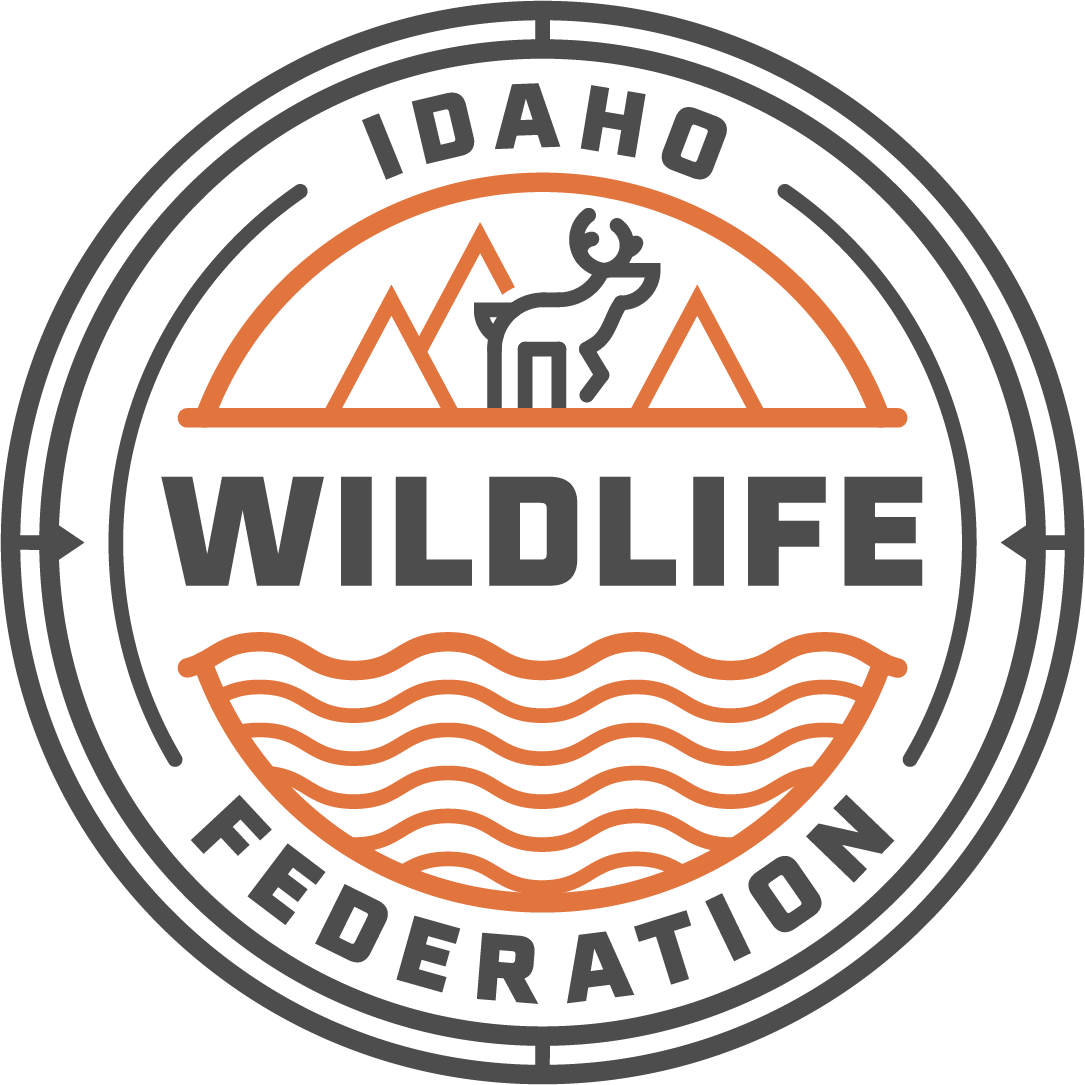USDA Announces Major Investment in Wildlife Programs on Working Landscapes
the US Department of Agriculture (USDA) announced plans to invest $500 million over the next five years to conserve wildlife habitat through the Working Lands for Wildlife Program. This major investment will provide increased Financial assistance to farmers, ranchers, private landowners, and tribes to conserve key habitats for wildlife across the country.
The Working Lands for Wildlife Program (WLFW) is a voluntary effort that improves agricultural and forest productivity while enhancing wildlife habitat on working landscapes. The program has worked with 8,400 farmers and ranchers across 48 states to conserve 12 million acres of habitat. The WLFW partnership has brought ranchers to the forefront of greater sage-grouse conservation efforts- working with 2,500 ranchers to conserve and restore 9 million across the 11-Western state area.
The Agricultural Conservation Easement Program (ACEP) and the Environmental Quality Incentives Program (EQIP) will each commit $250 million to be administered through the highly successful and proven WLFW Program. The Conservation Reserve Program (CRP) - a program especially beneficial for game birds - will also be integrated into the WLFW Program, ultimately leveraging all of USDAs programs to provide technical and financial assistance to those ranchers and farmers who are working to improve wildlife habitat.
A major part of the investment includes at least $40 million to conserve big game migration and stopover habitat.
As well, the USDA-Wyoming Big Game Partnership Pilot program will expand expand into Idaho and Montana. The Partnership uses a suite of Farm Bill programs to maximize the benefits to both migratory big game animals and the working landscapes that support them throughout the year
“We are excited to see this pilot program in Wyoming expand into Idaho to conserve big game and their movements through collaboration with private landowners,” said Brian Brooks, IWF Executive Director. “Emerging science and mapping efforts have highlighted the importance of open, working landscapes for Idaho’s migrating deer, elk, and pronghorn throughout their lifecycle.”
“I am encouraged that USDA is investing in the long-term stewardship of working lands in Idaho,” said Pahsimeroi rancher, Western Landowners Alliance board member, and IWF Board President Tom Page in a press release. “These ranching operations are integral to our state economy, our abundant wildlife, and our agricultural heritage. It’s also good to see that NRCS is increasing their staff across the state and making it easier for landowners to access both NRCS and FSA programs.”
IWF applauds this historic investment in and expansion of proven and successful programs for the benefit of wildlife and their habitat. We believe this is an important recognition in the critical role that private working lands play in the health of our wildlife across the country.
Cover photo credit: NPS/Patrick Myers
